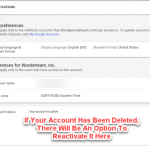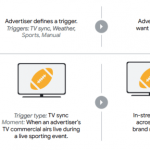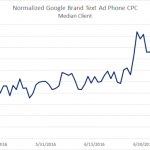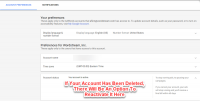Google Offers Update On Its Shift To Dynamic Allocation Exchange Bidding
by Tobi Elkin, Staff Writer @tobielkin, October 28, 2016
Back in April, Google announced it would test dynamic allocation exchange bidding and opened up its DoubleClick for Publishers server to third-party exchanges, a move a lot of publishers had been waiting for, since it opened up what some perceived as a walled garden.
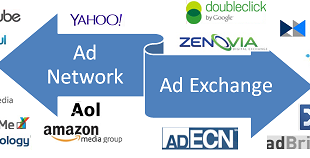
So how are things going with exchange bidding now? Jonathan Bellack, Google’s director, product management, who oversees Google’s publisher platforms, DoubleClick Ad Exchange and DoubleClick for Publishers, offered an update on Thursday at AdExchanger’s Programmatic I/O conference.
Bellack said the process has been going well so far, and Google has doubled the number of participating outside exchanges and quadrupled the number of publishers. There are more than 100 publishers on the wait list to participate in the beta process. He also said that Google is looking to form an advisory group of exchanges led by Sam Cox, a former MediaMath executive now at Google.
Asked about the next step for exchange bidding and whether it will replace header bidding, Bellack emphasized that the priority is to “achieve sustainability,” and that Google isn’t “just trying to make the numbers next quarter; we’re trying to figure out how the industry will thrive years from now.” In that respect, mobile is the only audience growth that exists right now, he said. So Google is asking, what makes a “great” mobile experience?
The No. 1 thing is speed, Bellack said, noting that Google believes that serve- side exchange bidding enables a better and faster user experience. “The extra latency of header bidding that stands between any creative rendering, whether it’s decided by a header bid or a programmmatic deal has an impact on viewablity,” he said.
In essence, Bellack doesn’t think header bidding is sustainable.
On the deal side, he said Google has been investing to bring programmatic to marketer-direct relationships, and 90 of the Ad Age 100 leading national advertisers have done some type of programmatic deal through Google’s platform. Further, he said MediaMath and The Trade Desk are now integrating with Google’s programmatic guarantees.
Bellack also announced a new capability called “Audience Guarantee” that will help publishers leverage an advertiser’s user list and forecast against that specific audience. Bellack said Netflix has used the Audience Guarantee capability to enable it to make direct deals with publishers, while also making use of its own subscriber list. The idea is that the capability helps Netflix know that its ads won’t be wasted on existing subscribers.
Bellack also said there are higher CPMs for the new Audience Guarantee product. And, he said, publishers prefer “revenue certainty over the risk of the auction, and advertisers prefer inventory certainty.”
Separately Google announced Q3 earnings on Thursday that showed that it hit $22.5 billion for the quarter, a 20% bump over the same quarter in 2015. Advertising revenues came in at more than $19.8 billion, an 18% increase over the $16.8 billion in ad revenues from Q3 2015.
MediaPost.com: Search Marketing Daily
(50)

